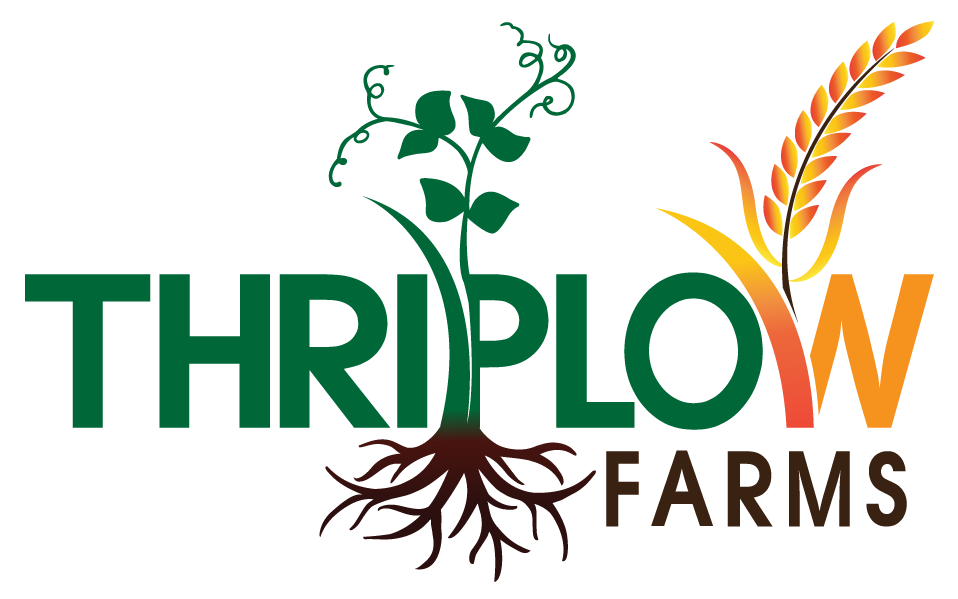Teaser
The travelling is done, and now so is the writing. At some point in the near future my report will be published - here's the executive summary:
After a few years of working on our family farm, I noticed that some fields performed significantly better than their neighbours, even though the soil types were very similar. The histories of these fields were very different, with the better performing ones having been more recently used for growing grass and grazing livestock. In our case, we found that even after 25 years there could be as much as a 25% increase in yields in fields that had been more recently in pasture. Many farmers realise that these areas always grow the best crops, but there is a reluctance to understand why, or to try and harness those characteristics to improve the whole farm.With my study I aimed to find out how to measure what makes some fields better than others, and then find out the best way to make these changes in an economic way, and in a sensible time frame. To do this I travelled to New Zealand, the USA, Canada, Denmark, Australia, Argentina, Uruguay and Brazil to look at no-till, cover and companion cropping, and livestock integration. I visited farmers which had decades of soil improvement experience and claimed they could increase organic matter levels by 1% every year, as well as researchers who said this was not possible.I found that although varying climates in different countries meant the effects happened faster or slower, many modern farming methods are contributing to a decrease in productivity and Soil Health. Cultivations carried out by heavy machinery are causing structural damage and organic matter loss at the same time. Many farms in the first world have specialised towards crop-only production, and away from integrated livestock systems. This is causing Soil Health in general to be reduced as plant diversity is diminished, and the lack of perennial pastures means soil organic matter levels are significantly below their potential. The knock-on effect from impaired Soil Health is increased reliance on fertilisers as plants cannot form symbiotic relationships with microorganisms which help them access nutrients. In addition, this lack of soil fauna also allows plant pathogens to become dominant and cause yield-robbing diseases.Some of the solutions to these problems are easy, such as changing machinery to allow farming with less soil disturbance, whereas altering crop rotations and growing cover crops may require some investment in the future by possibly sacrificing short term profitability. The most valuable change, integrating livestock, will be the hardest to accomplish in scale. Many have moved away from this type of farming in the last century for economic and lifestyle reasons, but it is only now that we are seeing what we have lost in the process.
